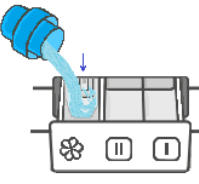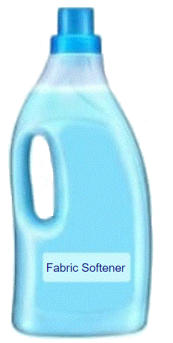
Brand logos and images for informational purposes only - © 2025 Penny Lane Domestic Appliances


Penny Lane Domestic Appliances
Is Fabric softener necessary?
Reduces static cling in synthetic fabrics Originally, the only purpose for using fabric softener was to reduce static cling in synthetic fabrics Depending on the brand of fabric softener it can be added at the beginning of the wash cycle at the same time as the detergent, or is separately dispensed from the soap drawer during the final rinse cycle. Fabric softener works by coating the surface of the cloth fibres with a thin layer of chemicals; these chemicals have lubricant properties and are electrically conductive. Making fibres feel smoother and preventing build-up of static electricity in synthetic fabrics. The disadvantage The disadvantage of coating natural fibres by a chemical layer is in decreasing the water absorption properties of the fabric, which may be undesirable with towels. Most good quality all-cotton towels do not require to be treated with fabric softener; with repeated washing and drying they become softer naturally. Allergic reaction Babies, young children, older adults and people with eczema may have problems using fabric softener; an allergic reaction due to the chemicals giving the fabric softener its fresh fragrance. Also, see our guides to: The correct way to use liquid detergent - What is Oxy bleach stain remover?



Soap drawer
Fabric softener dispenser





It isn't required
at all when washing
natural fabrics



Brand logos and images for informational purposes only
© 2025 Penny Lane Domestic Appliances




















































